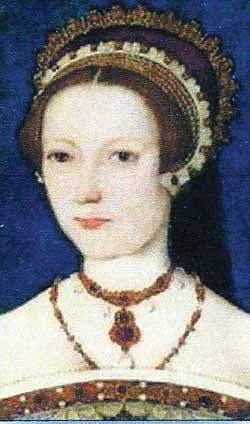
Steyning Museum ARCHIVES: How the Church made money.
Steyning Museum ARCHIVES: How the Church made money.A Church Book, the first entry in which was made in 1519, notes some of the ways in which Steyning Church used to earn money. One of the joys of this book is that it is all written in English, as opposed to the Latin of earlier documents. With its strange spellings and random use of capital letters you can almost ‘hear’ how they spoke at the time.
Rents were collected from the “lampe lands” (6s 8d in 1519) which would have helped to provide money for the lighting of candles for festivals of Saints and there are many references to “lygts” [lights] and to the wardens who collected the offerings from worshippers and kept the tapers lit. In 1520 for example “The syxt day of the monethe of february the yere of our Lord m.iiiii.xx came John Spensar glover, and delivered soche mony as he hadd yn hys handys of sent [saint] crystofer’s lygt – xxiis. iiid.”
During those same years there are mentions of both “the kyng play” and “the kyng ale” – but they should not be confused. The “king play” was a play put on to celebrate the story of the three wise men. There were costs involved in putting it on but a charge must have been made to watch it because, once again wardens were appointed to look after the cash and put it safely into the church coffers.
So, in 1519, we find “on the xiii day of the monethe of may before the curett and the churchwardens come Rychard Pellett and Willyam Gardener, lat wardens of the kyng play, and made ther accompt . . .ther remaynethe to the sayd churche iiili. viis. iiiid.” [£3 7s 4d].
The “king ale” on the other hand was all about drink – and fund raising. In this case it was James Pellett and John Goff who “delyvryd the mony of the kyng ale in to the churche box, xxxiiiis. Vid.”
An Elizabethan source, though not a local one, explains. “In certain townes, against Christmass and Easter or Whitsunday the churchwardens provide half a score or twentie quarters of mault, whereof some they buy of the churche stocke, and some is given to them of the parishioners themselves; which, being made into very strong ale or beer, is set to sale either in the church or in some other place. Then, when this nippitation, this huffecappe, this nectar of life, is set abroach, well is he that can get the soonest to it and spends the most at it, for he is counted the godliest man of all the rest . . . They bestow that money which is got thereby for the repaire of their churches; they buy bookes for the service, surplesses and such other necessaries.”
The church was very much in people’s thoughts, particularly when it came to building up credit in this world against their time in the next. So money for wax candles for the altars was not uncommonly left to the Church in wills. And, in 1547, “John Wardyn and Jane hys wyff” left, among other things:
• ii gret candelstyks and ii small of Latyn [an alloy of copper and zinc resembling brass]
• a Brydepaist, to the intent that Richard Ffarnfold hath of them that boroweth it for the reparacions of the churche, viiid., and he to accompt yerely at the churche reckenyng.”
The “brydepaist” was a decorative head dress or sparkly circlet which was loaned out to brides who were willing to pay 8d. for its use. Sir Thomas More mentions one in his Supplicacion of Sowlys when he describes female attire “with gay gownys and gay kyrtels and much waste in apparel, and with pastis garnished with perle.” The church book shows that Jayne Warden’s “brydepaist” continued in use till at least 1553 and in one busy year for weddings earned the church 5s 4d for its “reparacions”.
Sadly the entries in the Church Book then peter out as the Reformation began to bite and church rituals and customs were curtailed.
Steyning Museum: www.steyningmuseum.org.uk
We are open all year.
Mornings: Tuesday, Wednesday & Friday from 10.30am to 12.30pm
Afternoons: Tuesday, Wednesday, Friday & Sunday from 2.30pm to 4.30pm (1st April to 30th September) and 2.30pm to 4.00pm (1st October to 31st March)
All day on Saturdays and Bank Holiday Mondays: from 10.30pm to 4.30pm (1st April to 30th September) and 10.30pm to 4.00pm (1st October to 31st March)
The Museum, Church Street, Steyning.
Telephone: 01903 813333

